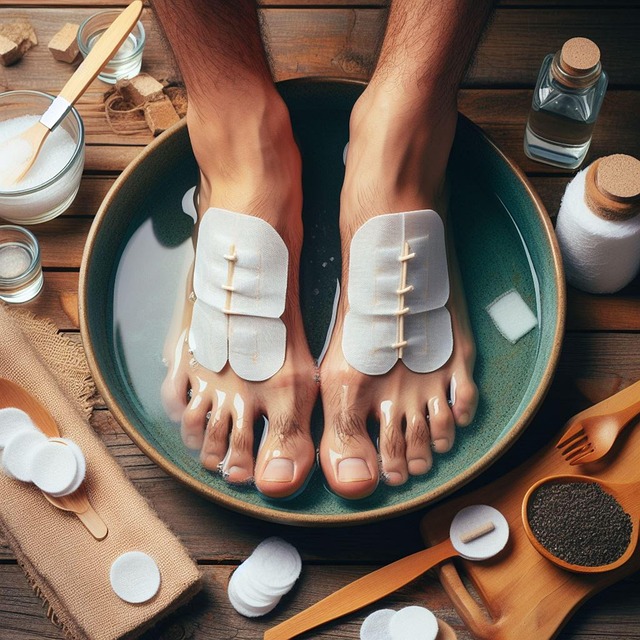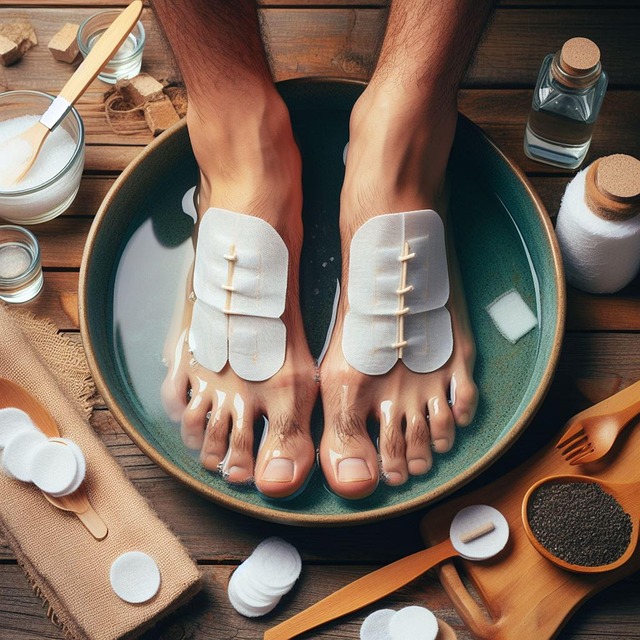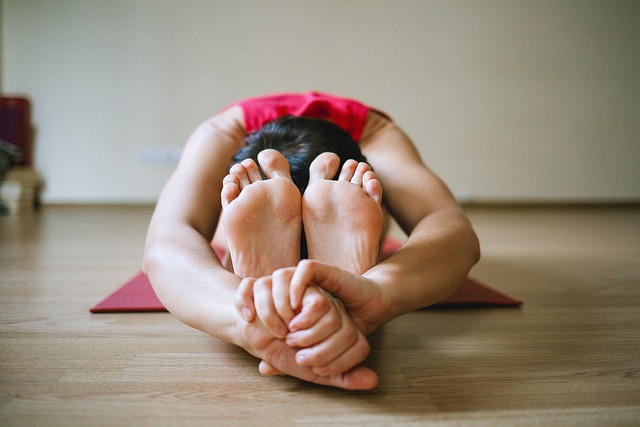Hydration is personalized, with daily needs varying based on individual factors. Aim for 8-10 cups (2 liters) of water daily or listen to your body's thirst signals. Use a reusable water bottle and monitor urine color (target: light yellow). Incorporate water-rich foods in balanced diet plans and consider herbal teas or infused waters. Avoid highly processed, sodium-heavy foods that can lead to dehydration. Regularly practice these habits for optimal hydration and overall health.
Staying hydrated is essential for maintaining optimal health, but it’s often overlooked. This article provides practical tips to transform your hydration habits. We’ll explore how to understand your body’s unique water needs, seamlessly incorporate more H2O into your day, and even leverage food as a hydrator. Additionally, learn the importance of tracking hydration levels to ensure you’re hitting those optimal goals. Discover strategies for achieving a balanced diet plan that supports your hydration journey, leaving you feeling refreshed and revitalized.
- Understanding Your Body's Water Needs
- Incorporating More Water into Your Daily Routine
- The Role of Food in Hydration
- Tracking and Adjusting for Optimal Hydration Levels
Understanding Your Body's Water Needs

Hydration is a fundamental aspect of maintaining good health, and understanding your body’s water needs is the first step towards improving your hydration habits. Every individual has unique requirements based on factors like age, activity level, climate, and overall health. While the general recommendation is to drink 8–10 cups (or about 2 liters) of water daily, this can vary significantly from person to person. A balanced diet rich in fruits and vegetables can also contribute to your daily water intake since many of these foods have high water content.
Paying attention to your body’s signals is crucial. Thirst is a clear indicator that your body needs more water. However, it’s essential to stay ahead of dehydration by regularly drinking water throughout the day, even if you’re not feeling thirsty. In today’s busy lifestyle, carrying a reusable water bottle can be a simple yet effective way to ensure consistent hydration. Additionally, monitoring urine color is another practical method to gauge your hydration levels—light yellow urine generally indicates proper hydration, while darker urine may suggest that you need to increase your fluid intake.
Incorporating More Water into Your Daily Routine

Incorporating more water into your daily routine is an essential step in enhancing overall hydration levels and supporting various bodily functions. Start by setting achievable goals, such as drinking 8-10 glasses (around 2 liters) of water each day. This can be easily integrated into your existing schedule; for instance, drink a glass upon waking up, one during meals, and another before or after workouts. Carrying a reusable water bottle is an effective way to encourage consistent hydration throughout the day.
For those who struggle to meet their daily water intake, consider making small changes in your diet. Include water-rich foods like cucumbers, tomatoes, watermelon, and oranges as part of your balanced diet plans. Additionally, remember that herbal teas and infused waters can add variety to your routine while still contributing to your overall hydration needs.
The Role of Food in Hydration

Food plays a significant role in maintaining optimal hydration levels. A balanced diet plan, rich in fruits and vegetables, is key. These foods are packed with natural sugars that help to rehydrate the body, as well as containing essential vitamins and minerals that support overall health. Incorporating water-rich foods like watermelon, oranges, and tomatoes into your meals can be a delicious way to increase hydration without even realizing it.
In contrast, highly processed foods and those high in sodium can actually contribute to dehydration. Opting for whole, unprocessed options allows the body to better absorb the water content and maintain a healthy balance. Staying aware of what you eat and choosing hydrating foods over dehydrating ones is a practical tip that complements regular water intake, helping to ensure your body stays properly hydrated throughout the day.
Tracking and Adjusting for Optimal Hydration Levels

Tracking your hydration levels and adjusting your water intake accordingly is a key component in achieving optimal hydration. Start by monitoring your urine color – a pale yellow indicates proper hydration, while darker hues suggest dehydration. This simple visual cue can help you understand your current hydration status. Additionally, paying attention to your thirst signals is crucial. Listen to your body’s needs and drink water regularly throughout the day, not just when you feel thirsty.
Integrating this practice into a balanced diet plan can further enhance hydration levels. Foods rich in water content, such as fruits and vegetables, contribute significantly to your daily intake. Aim for a diverse range of produce to ensure a variety of essential nutrients. Additionally, consider incorporating herbal teas or infused waters into your routine for a flavorful twist, which can encourage you to drink more throughout the day.
Improving hydration habits is a multifaceted approach that involves understanding your body’s water needs, incorporating water into your daily routine, recognizing the role of food in hydration, and tracking your progress. By adopting a balanced diet plan that includes adequate water intake, you can achieve optimal hydration levels. Remember, staying hydrated is key to maintaining overall health and well-being, so make it a priority in your daily life.
